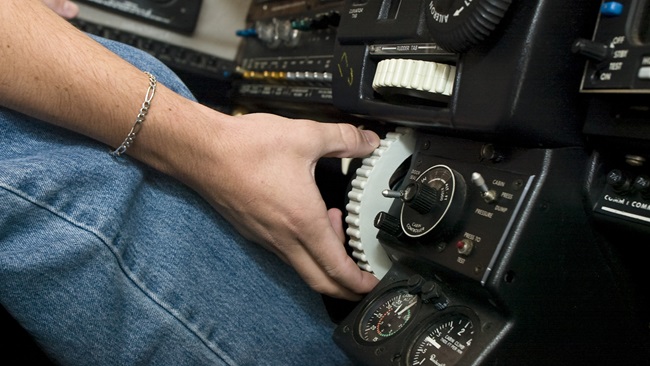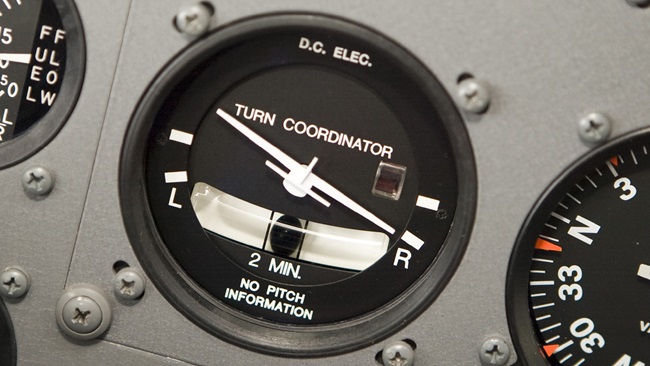Tamarack tackling range, fuel, emissions
Idaho-based Tamarack Aerospace Group announced its fuel-saving active winglet system can now be installed on the newest model of Cessna Citation aircraft, and a partnership to help customers reduce their carbon footprint.
Tamarack’s active winglet, which was initially certified for the Citation M2 in 2015, is the first performance upgrade now available on Textron Aviation’s latest model of Cessna Citations, the M2 Gen2.
“We’re thrilled to work with the most recent, GEN2, models as well going forward,” Tamarack President Jacob Klinginsmith said. “This is an outstanding aircraft and we’re proud to serve our customers by adding some performance and offering another level of safety for their families or in their charter operations.”
The retrofit recently rebranded Eco-Smartwing includes a wing extension, composite winglet, and the company’s Autonomous Load Alleviation System (ATLAS) that allow factory wings to operate more efficiently. Together they improve aircraft range and save fuel, and Tamarack also promises increased aircraft payload, ride smoothing, structural life extension, and other benefits. The system includes a computer-controlled movable surface that is similar to (and mounted next to) the aileron. The automated control surface moves in response to increased wing loads by automatically changing the aerodynamics of the wing to reduce that load and limit the excess structural stress that winglets alone would create.
The ATLAS system came under scrutiny following an accident in 2018 that led to the grounding of 91 Cessna Citation jets outfitted with the technology. The grounding was lifted in July 2019 and the ATLAS system was returned to service. Tamarack disputed the NTSB’s probable cause findings and asked the NTSB to reconsider attributing the accident to a malfunction of the ATLAS retrofit.
In an additional statement, Tamarack announced it has signed an agreement with Switzerland-based company OXÏ-ZEN to calculate and document using blockchain technology the carbon emission savings created by Tamarack's system. The forthcoming offering will include Tamarack's Eco-Smartwing winglets coupled with the technology that would enable customers to verify their carbon footprint, and potentially participate in carbon offset programs.
Tamarack expects this will appeal particularly to single-aisle airline operators, a market that Tamarack hopes to enter: "We are now in active discussion and research with at least one potential customer to begin a certification process," company spokesman Scott Sobel wrote in an email.
“The aviation industry will not reach its goal of a net zero carbon neutrality without meaningful collaborations like the new harmony between Tamarack and OXÏ-ZEN,” Tamarack co-founder and CEO Nick Guida said, in a news release. “Congress and the International Civil Aviation Organization (ICAO) have been very supportive of Tamarack’s technology and capability of interacting with other sustainability solutions like biofuels, hydrogen and electric propulsion. Our new MOU with OXÏ-ZEN is another example of how all of aviation can work together for a cleaner planet.”




